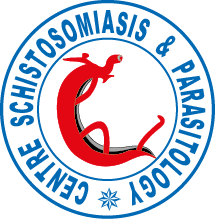Contrasting temporal dynamics and spatial patterns of population genetic structure correlate with differences in demography and habitat between two closely-related African freshwater snails
Abstract
The relationship between habitat stability, demography, and population genetic structure was explored by comparing temporal microsatellite variability spanning a decade in two closely-related hermaphroditic freshwater snails from Cameroon, Bulinus forskalii and Bulinus camerunensis. Although both species show similar levels of preferential selfing, microsatellite analysis revealed significantly greater allelic richness and gene diversity in populations of the highly endemic B. camerunensis compared to those of the geographically-widespread B. forskalii. Additionally, B. camerunensis populations showed significantly lower spatial genetic differentiation, higher dispersal rates, and greater temporal stability compared to B. forskalii populations over a similar spatial scale. This suggests that a more stable demography and greater gene flow account for the elevated genetic diversity observed in this geographically-restricted snail. This contrasts sharply with a metapopulation model (which includes extinction/contraction, recolonization/expansion, and passive dispersal) invoked to account for population structuring in B. forskalii. As intermediate hosts for medically important schistosome parasites, these findings have ramifications for determining the scale at which local adaptation may occur in the coevolution of these snails and their parasites.
